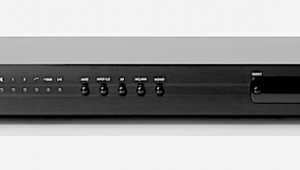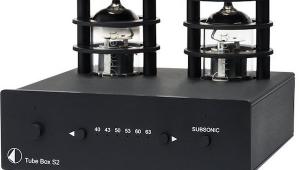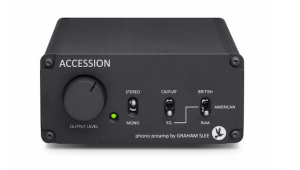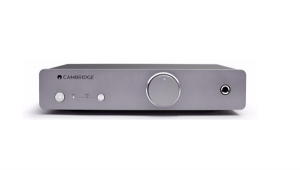I was just wondering if there was a logic to the loading options provided on this phono preamp? The options are 7,9,10, 23, 30, 90, 100, and 980 Ohm. Does anyone hear the difference between 9 and 10 Ohms? It seems like the relevant options should all be in the 100 to 1000 Ohm range, not sub 100. I noticed a huge difference when I put a 400 Ohm resistor in, preferred over the 100 or 980 settings, by a long way.
I just thought there must be a logic to the values chosen by the manufacturer, and I might be missing something?? To my mind this is the only flaw in this preamp.




















































